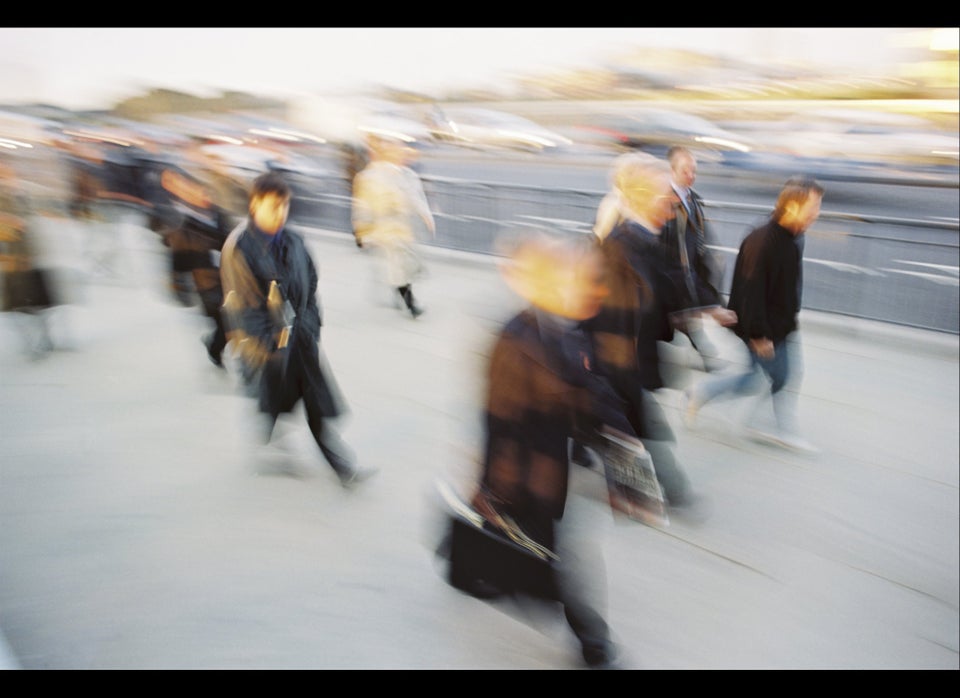
While Dominicans left New York City over the past decade, Mexicans took their place, new population data released by the NYC Department of City Planning suggests.
Dominicans poured into the city for many decades. But for the first time, in the last decade, more Dominicans left New York City than arrived since 2000. And, Mexican immigrants, "nearly bumped them ahead of South Americans into third place among Hispanic groups," according to a report by the NYTimes.com City Room blog.
Latinos aren't just changing the demographics of the Big Apple, however.
Around the country, Latino population growth is shifting the makeup of both big cities and rural America. In Florida, for example, the Hispanic community now includes a fast-growing Puerto Rican, South American and Mexican population, which some say is threatening a Cuban stronghold on the political landscape in of Florida's largest cities.
"For years we lived in this world that was all about the Cubans," Democratic strategist Steve Schale told MSNBC.com. "[Florida's] changing mosaic is going to have an impact on our politics," he added.
When it comes to population shifts, it isn't just Hispanic's country of origin that has the Census Bureau and politicians paying attention. Across the country, the Latino population is larger proportionally to the non-Latino population than it has ever been.
In some congressional races in Texas, a rapid Latino birthrate (largely comprised of Mexican-American births) may have profound effect on certain congressional races.
"For the first time in the state's history, a quarter of all Texas congressional races will be held in specially designed districts where Latino voters make up the majority," LatinoVoices writer Janell Ross reported on Monday.
According a report by VotoLatino, all but six states in the U.S. experienced Latino population growth of over 40 percent between the years of 2000 and 2010. In most Southern states, the Hispanic population more than doubled. And, many Midwestern states saw huge increases in farming and manufacturing communities. Check out this interactive map, put together by NPR, which illustrates the trend.
Almost two-thirds of Latinos living in the U.S. describe themselves as "of Mexican origin." And, according to a 2011 report by the Pew Hispanic Center, "Nine of the other ten largest Hispanic origin groups—Puerto Rican, Cuban, Salvadoran, Dominican, Guatemalan, Colombian, Honduran, Ecuadorian and Peruvian—account for about a quarter of the U.S. Hispanic population."
Latinos aren't just changing the population, they're even changing how the population is measured.
While collecting population data, starting in 2000, the Census Bureau began to identify the white racial category as "white, non-Hispanic," and allowed for Latinos to use both racial and ethnic identifiers to categorize themselves. Alluding to a group of people of various racial backgrounds, the terms "Hispanic" and "Latino" most commonly describe those peoples united by the Spanish language and Latin American culture. Some groups of Latinos, such as Afro-Latinos, often self-identify in both racial and ethnic terms.
Ruben Rumbaut, a professor of sociology at the University of California at Irvine, told NPR last year that, "in the year 2000, persons that checked that they were Hispanic, when they answer the question on race, approximately 48 percent check white and another 43 percent check some other race."
Rumbaut concluded that race "is not a biological given category." Rather, he says, it's "a social and legal and political construction whose meaning changes over time."
